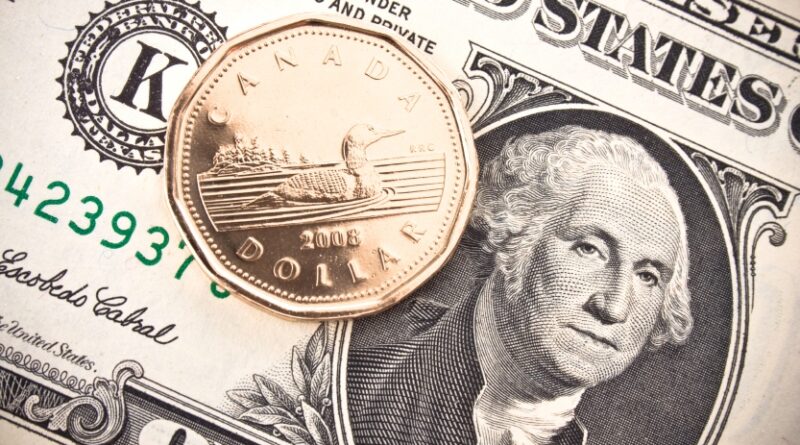Understanding the Impact of Foreign Direct Investment on the USD to CAD Exchange Rate
Foreign Direct Investment (FDI) plays a significant role in shaping the exchange rate between the United States Dollar (USD) and the Canadian Dollar (CAD). FDI refers to the investment made by a foreign entity, typically a corporation or individual, into the economy of another country with the objective of establishing business operations or acquiring assets. In this article, we delve into the intricate relationship between FDI and the USD to CAD exchange rate, exploring how FDI inflows and outflows influence currency valuations and economic dynamics between the United States and Canada.
The Influence of FDI on Exchange Rates:
Foreign Direct Investment affects exchange rates through various channels, including capital flows, trade balances, and economic fundamentals. Understanding these mechanisms is essential for comprehending the impact of FDI on the USD to CAD exchange rate.
- Capital Flows and Demand for Currency:
FDI inflows into Canada represent foreign investors purchasing Canadian assets, such as stocks, bonds, real estate, or establishing business operations. These inflows increase the demand for the Canadian dollar, leading to appreciation pressure on the CAD relative to the USD. Conversely, FDI outflows from Canada involve domestic investors investing in foreign assets, resulting in increased demand for foreign currency (USD), thereby depreciating the CAD. - Trade Balances and Current Account:
FDI can influence trade balances, which, in turn, impact exchange rates. Increased FDI inflows may stimulate economic growth, boost exports, and improve Canada’s trade balance, leading to increased demand for the CAD. Conversely, FDI outflows may lead to a decrease in exports or increased imports, contributing to a deterioration in the trade balance and downward pressure on the CAD. - Economic Fundamentals and Investor Sentiment:
FDI inflows are often associated with positive economic prospects and investor confidence in the recipient country, leading to increased demand for the local currency. Conversely, FDI outflows may signal concerns about economic stability or investment opportunities, leading to depreciation pressure on the domestic currency.
Case Studies and Examples:
To illustrate the impact of FDI on the USD to CAD exchange rate, consider the following scenarios:
FDI Inflows into Canada:
- Scenario: A multinational corporation announces plans to invest in a major infrastructure project in Canada, leading to a significant influx of FDI into the country.
- Impact on Exchange Rate: The increased demand for Canadian assets and the CAD leads to appreciation pressure on the CAD relative to the USD, resulting in a strengthening of the CAD against the USD.
FDI Outflows from Canada:
- Scenario: Canadian investors acquire a stake in a prominent U.S. technology company, leading to a substantial outflow of FDI from Canada.
- Impact on Exchange Rate: The increased demand for USD to finance the investment leads to depreciation pressure on the CAD, resulting in a weakening of the CAD against the USD.
Policy Implications and Considerations:
Governments and policymakers closely monitor FDI inflows and outflows due to their implications for exchange rates and economic stability. Several policy considerations and measures can influence the relationship between FDI and the USD to CAD exchange rate:
- Foreign Investment Policies: Governments may implement policies to attract FDI by offering incentives, streamlining regulations, and improving business environments. These measures can stimulate economic growth, increase FDI inflows, and potentially strengthen the domestic currency.
- Exchange Rate Management: Central banks may intervene in currency markets to manage exchange rate fluctuations resulting from FDI inflows or outflows. Interventions such as buying or selling foreign currency reserves can influence exchange rates and maintain stability in the currency markets.
- Economic Policies: Fiscal and monetary policies can impact FDI flows and exchange rates. For example, interest rate adjustments by central banks can influence investor sentiment and capital flows, affecting exchange rate movements.
Foreign Direct Investment plays a pivotal role in influencing the USD to CAD exchange rate through its impact on capital flows, trade balances, and economic fundamentals. FDI inflows and outflows contribute to currency valuation dynamics between the United States and Canada, reflecting investor sentiment, economic prospects, and policy considerations. By understanding the relationship between FDI and exchange rates, investors, policymakers, and businesses can navigate the complexities of the currency markets and make informed decisions in a globalized economy.



